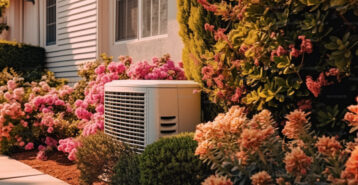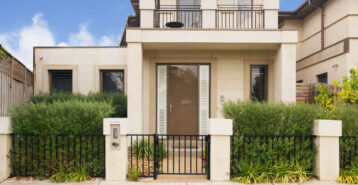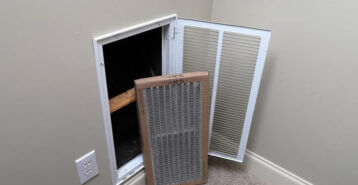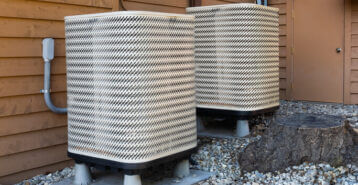As homeowners, we often trust HVAC contractors to handle our projects with precision and efficiency. However, even the experts sometimes disagree—especially when it comes to installing HVAC systems in attics. Are they cost-effective? Do they affect energy efficiency? Does location matter? In this article, we’ll explore the pros and cons of attic HVAC units and offer tips for optimizing their performance.
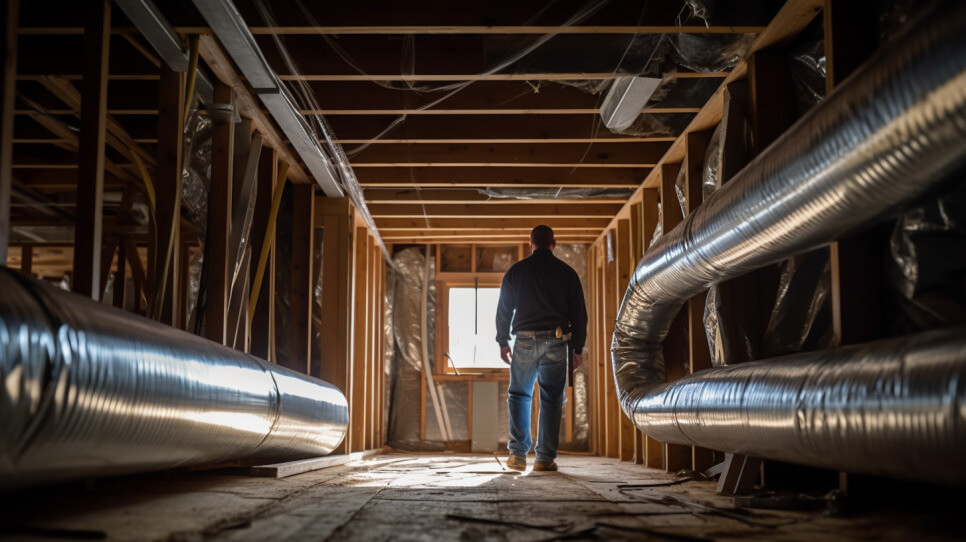
Pros and Cons of Attic Air Conditioners
-
Pros
- Space-Saving Solution
- Lower Installation Costs
-
Cons
- Potential Inefficiency
- Difficulty in Detecting Problems
Pros of Attic Air Conditioners
Space-Saving Solution
A key advantage of attic HVAC installation is the space it saves. Modern systems include an outdoor unit and an indoor unit, and placing the indoor unit in the attic frees up valuable closet or floor space. This was especially useful in older homes where energy efficiency wasn’t a major concern.
Lower Installation Costs
Cons of Attic Air Conditioners
Potential Inefficiency
A major criticism of attic HVAC units is their inefficiency. Attics are usually unconditioned spaces, and leaks in the ductwork can drastically reduce home efficiency. While sealing and insulating ducts is essential, not all contractors do it precisely. Over time, temperature changes can cause the ductwork to loosen, leading to leaks. Critics argue this risk makes attic HVAC units less ideal.
The National Renewable Energy Laboratory (NREL) highlights this issue in their paper, “Ducts in the Attic? What Were They Thinking?” The authors present evidence that attic ducts can reduce home efficiency, with studies showing a 20% increase in energy use for homes with attic HVAC units. Leaky seals in an unconditioned attic can turn an efficient 15 SEER unit into a 12 SEER unit, considerably lowering efficiency.
Difficulty in Detecting Problems
Attic HVAC systems are often out of sight, out of mind. Homeowners might neglect routine maintenance tasks like changing filters, which can lead to system inefficiencies and higher costs. Problems such as clogged condensate drains can go unnoticed, causing condensation to back up and spill over the catch pan. This can lead to mold growth in insulation and drywall, rotting attic floor joists, and ceiling leaks in the rooms below.

Cost of Installing Attic Air Conditioners
The cost of installing an AC unit in the attic can vary widely depending on several factors, including the size of your home, the type of AC unit, the complexity of the installation, and your location. Here’s a breakdown of what you can expect:
Unit Costs
Central Air Conditioning Units: The cost of a central AC unit typically ranges from $2,500 to $7,500, depending on the brand, SEER rating, and capacity.
Ductless Mini-Split Systems: These units are generally priced between $3,000 and $10,000, with costs increasing based on the number of zones or air handlers.
Installation Costs
Basic Installation: Basic installation can cost between $3,000 and $6,000 for homes with existing ductwork. This includes the cost of connecting the new unit to the existing ducts and ensuring proper insulation and sealing.
Comprehensive Installation: If new ductwork is required or significant modifications are needed, installation costs can rise from $7,000 to $15,000. This includes labor for duct installation, additional insulation, and any necessary structural changes to support the unit.
Additional Costs
Insulation and Sealing: Properly insulating and sealing the attic and ductwork is crucial for efficiency and can add $1,000 to $3,000 to the total cost.
Electrical Work: Upgrading the electrical system to handle the new AC unit can cost between $500 and $2,000, depending on the extent of the work required.
Permits and Inspections: Local building permits and inspections, which ensure the installation meets safety codes, can add $200 to $1,000.
Total Cost Range
In summary, installing an AC unit in the attic can cost between $5,000 and $20,000, depending on your specific project. While this is a substantial investment, the benefits—like increased comfort, space savings, and potentially lower installation costs compared to other locations—can make it worthwhile. Consulting a professional HVAC contractor can give you a more accurate estimate tailored to your home and ensure a successful installation.
Alternatives to Attic HVAC Systems
While installing an HVAC system in the attic has its advantages, it might not be the best solution for every home. Here are some alternative options that can provide efficient heating and cooling without the potential downsides of attic installations.
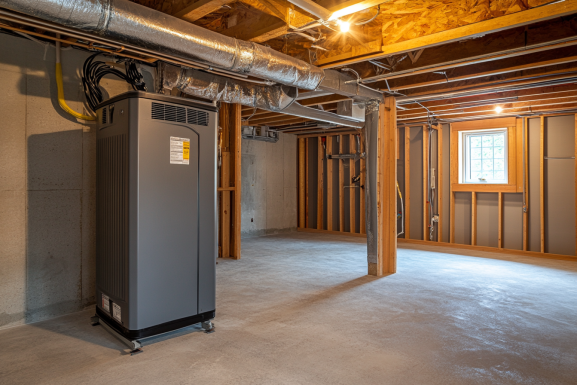
Split Systems with Multiple Indoor Units
Zoned cooling allows individual temperature control in different areas, boosting comfort and energy efficiency. These systems are flexible, with indoor units that can be installed on walls, floors, or ceilings to fit the home’s layout. However, split systems can be pricier to install due to the need for multiple units and a more complex setup, and more indoor units mean more components to maintain.
Ductless Mini-Split Systems
Are ideal for homes without existing ductwork, as they eliminate the energy loss associated with duct leaks. These systems allow for flexible installation, with indoor units placed in individual rooms for targeted heating and cooling. The initial cost of ductless systems can be high, especially for larger homes requiring multiple units, and the wall-mounted units may not blend well with all interior designs.
Basement HVAC Systems
Closet or Utility Room Installations
These installations offer convenient access, making maintenance and repairs easier since they’re located in the conditioned living area. This setup helps reduce energy loss from duct leaks. However, not all homes have enough space in closets or utility rooms for an HVAC unit, and the noise from these units can be disruptive in the living area.
Outdoor Packaged Units
These systems save space by housing all components in a single outdoor unit, freeing up indoor areas and reducing noise. However, outdoor units face weather exposure, which can impact durability and performance, and they may require screening or landscaping to improve aesthetics.
When considering alternatives to attic HVAC systems, evaluate your home’s specific needs and constraints. Each option has its pros and cons, so consulting an HVAC professional can help you find the best solution. Exploring these alternatives can lead to an efficient heating and cooling system that fits your lifestyle.
Managing Your Attic HVAC System
If you already have an HVAC system in your attic, there are steps you can take to ensure it operates efficiently:
Regular Filter Changes: Commit to changing your HVAC filters regularly. This simple task prevents the evaporator coil from freezing up and reduces strain on the furnace or heat pump, enhancing overall efficiency and comfort.
Insulation and Sealing: Have a professional HVAC contractor check the insulation and sealing of your unit. Properly sealed and insulated units perform better and are less prone to leaks.
Annual Inspections: Schedule annual inspections by a qualified HVAC technician to identify and address potential issues before they escalate.
Insulated Room: Consider building a small, insulated room around your HVAC unit to minimize heating and cooling losses.
Conditioned Attic: Converting your attic into a finished, conditioned space can improve HVAC efficiency and provide additional living space.
By following these maintenance and design strategies, you can optimize the performance of your attic HVAC system and enhance your home’s overall energy efficiency.
Compare top-rated HVAC pros in your area.
Read real homeowner reviews, explore qualifications, and view promotions. Modernize makes it easy to browse professionals and find one that will be perfect for your project.





